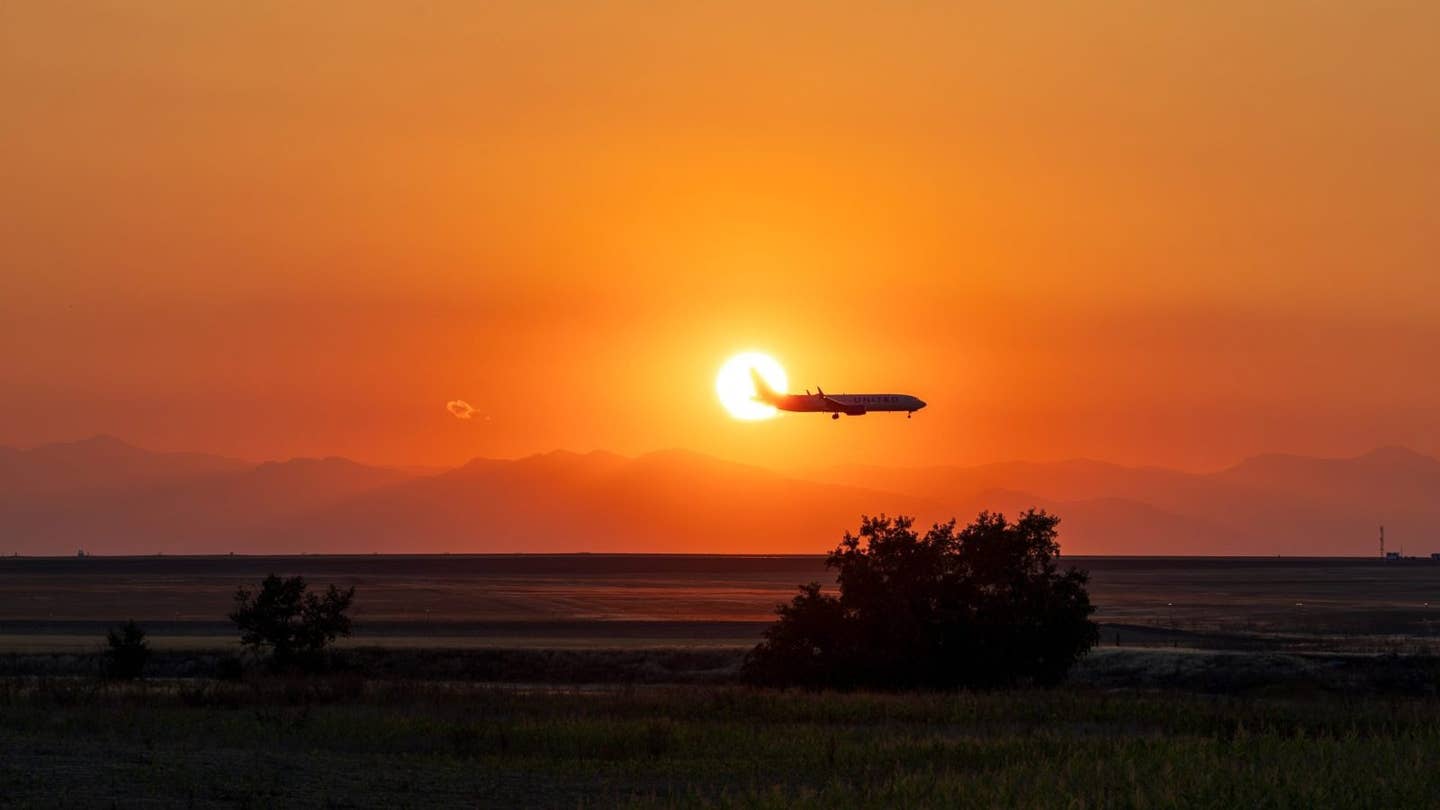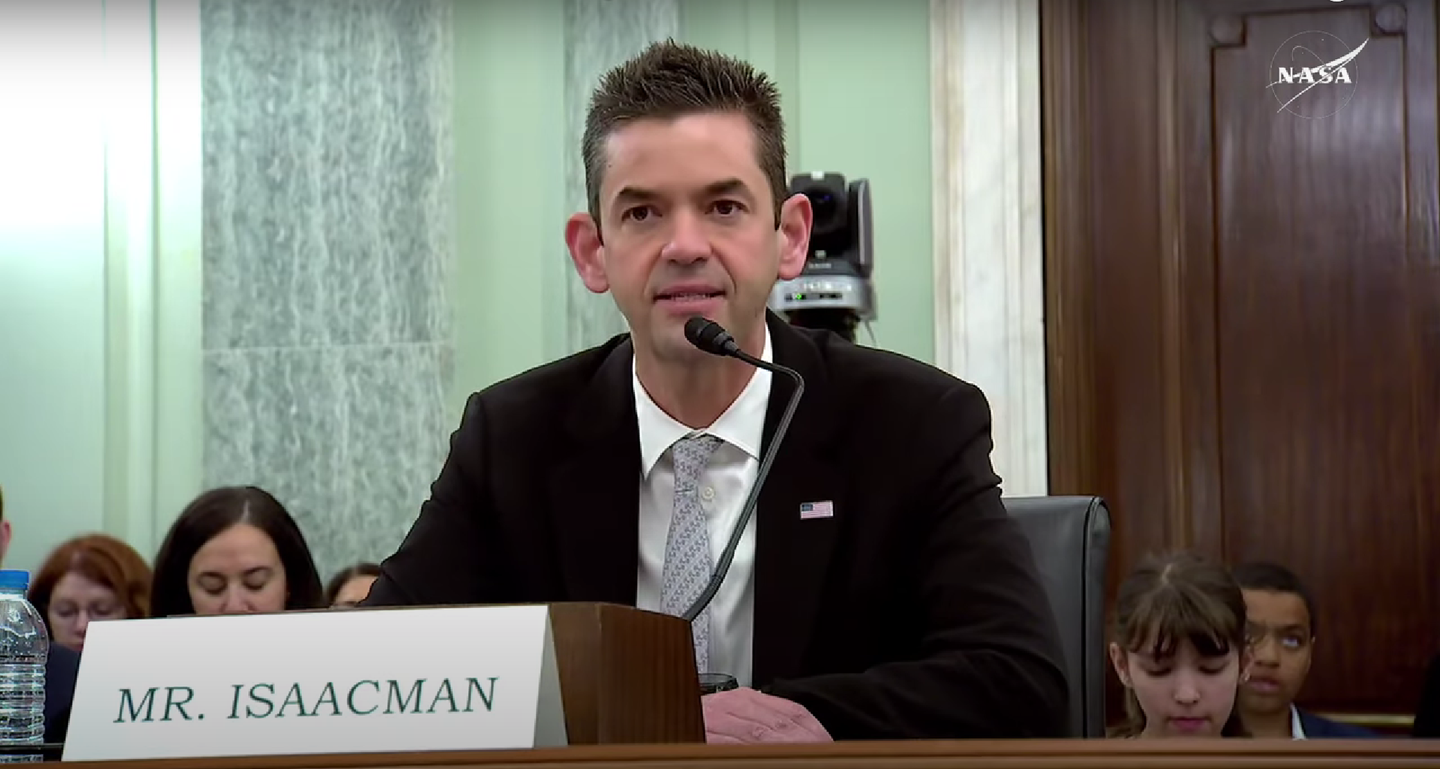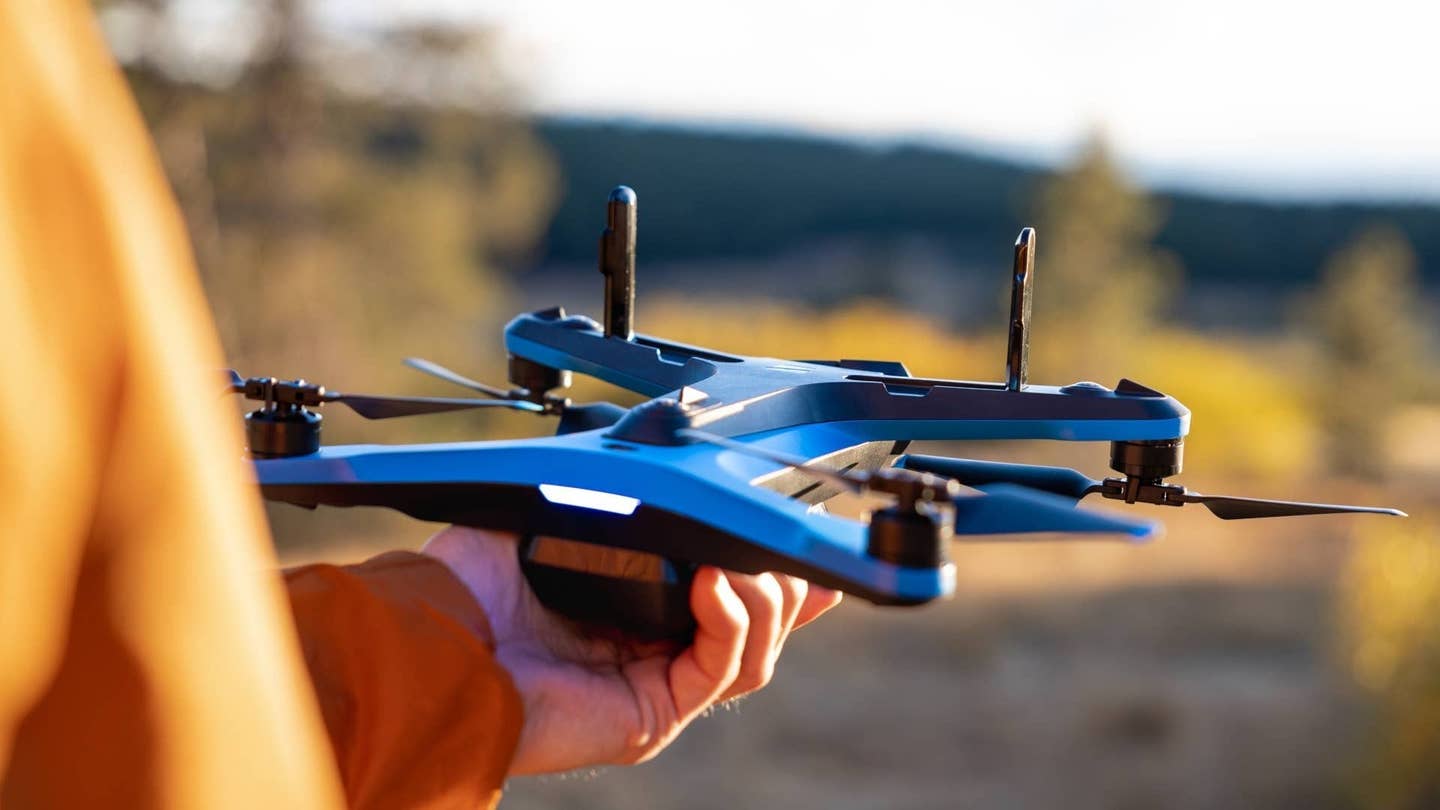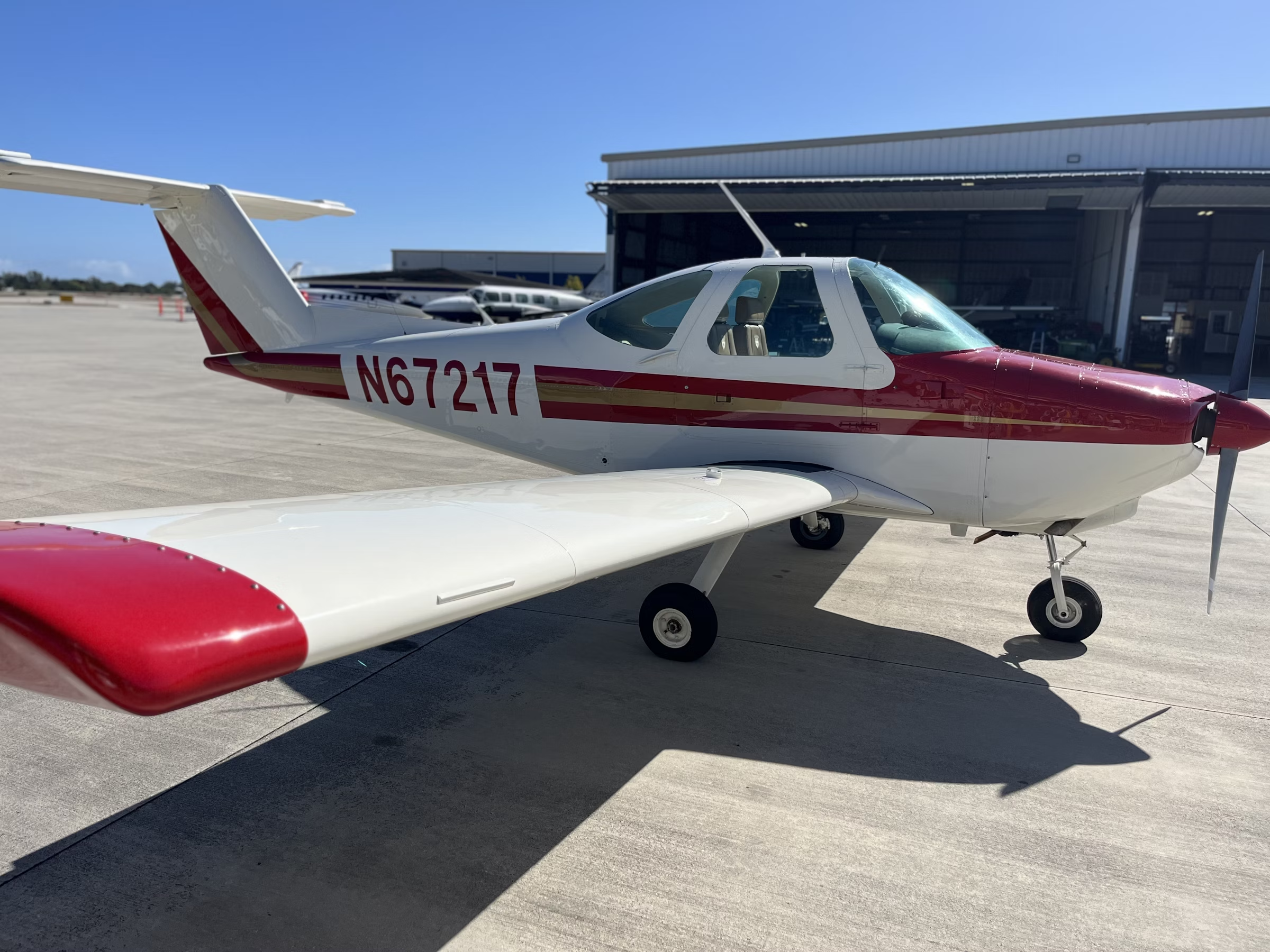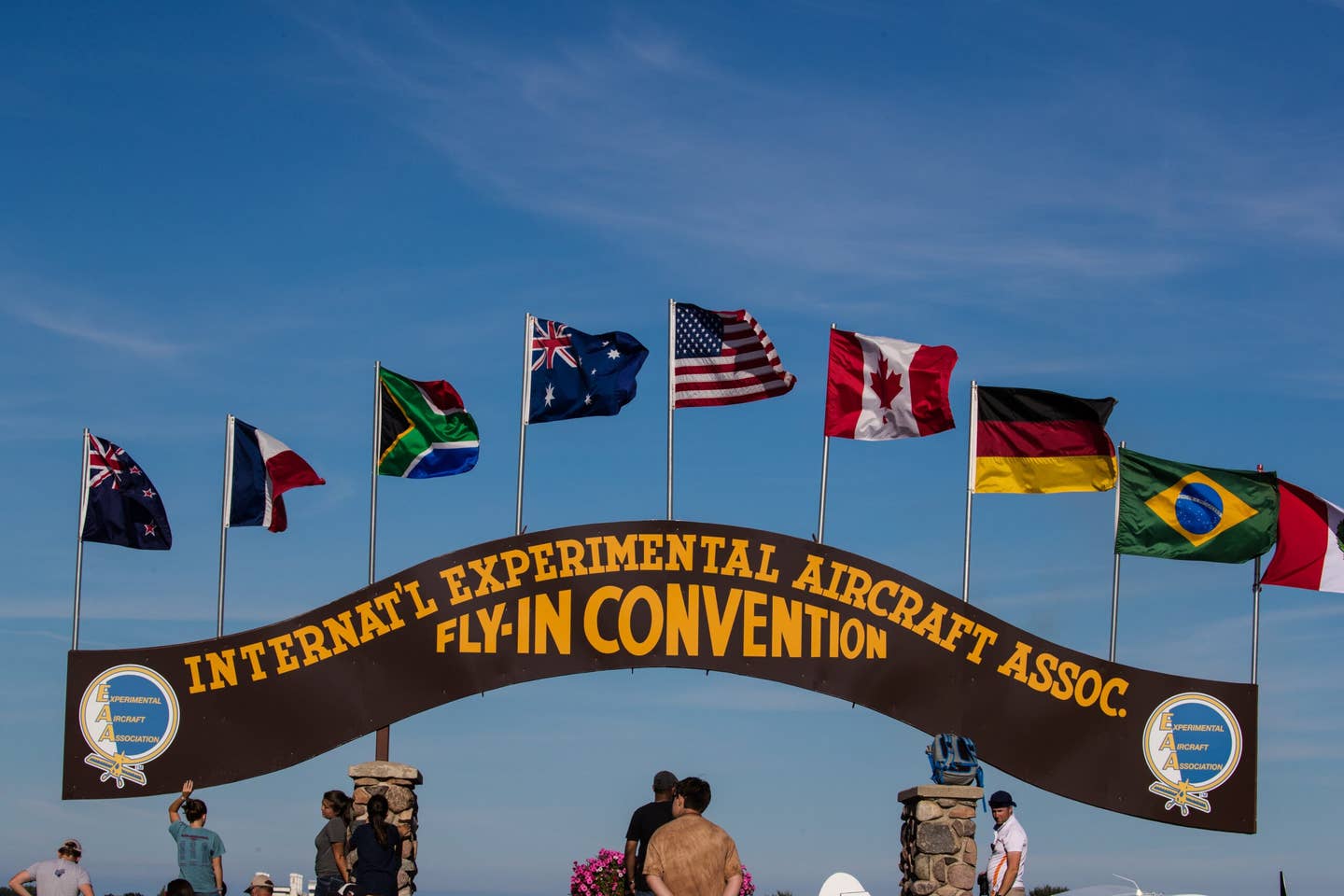Braving the Bravo Bogeyman: What You Need to Know About Flying in Controlled Airspace
Class B is among the busiest and most complex in the country.
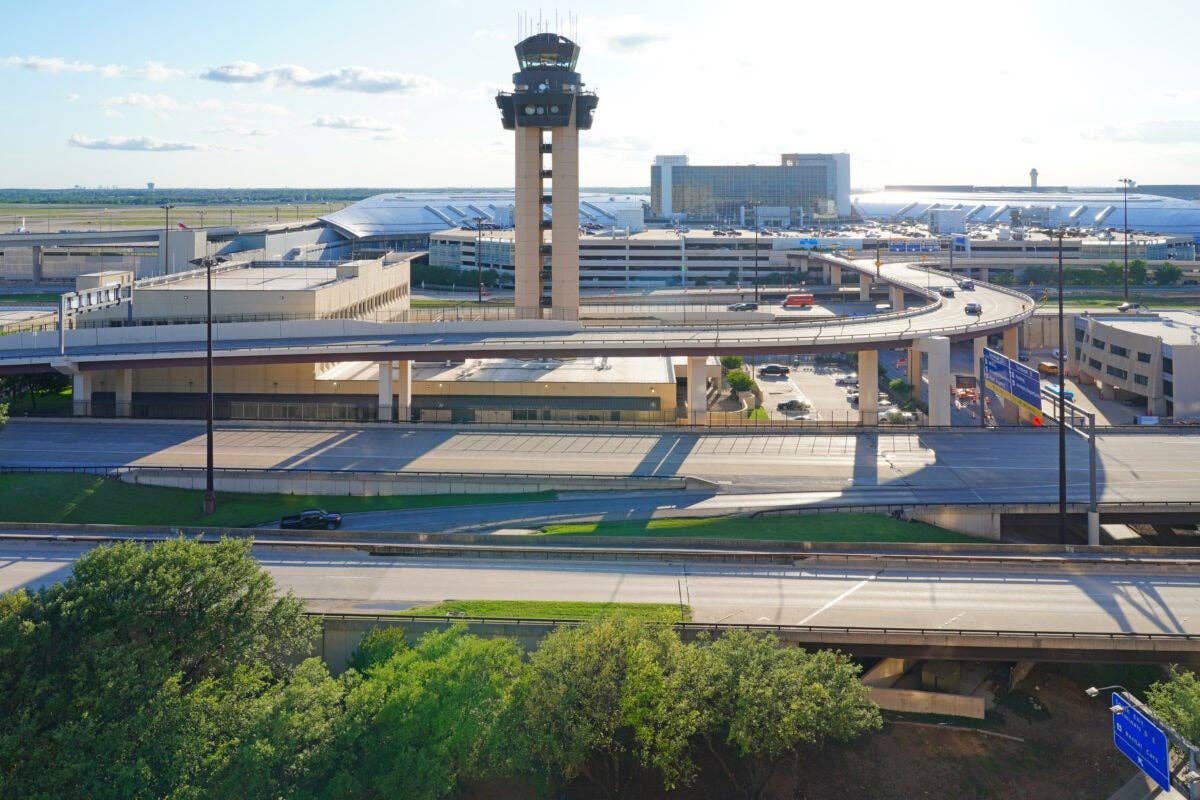
Class B covers the busiest, most complex airspace in the United States, such as Dallas-Fort Worth International Airport. [Credit: Shutterstock]
You can go your entire private pilot career and never fly in Class B airspace. Often it is by choice. There are pilots who eschew controlled airspace of any kind and will take a zigzag route on a cross-country flight to avoid having to talk to a control tower for a transition.
Recently I met a man with a pilot certificate who asked if he would need special training and an endorsement to fly solo through Bravo. Not if he held private pilot certification. I suppose the FAA figures if you have earned a private pilot certificate, you have learned how to talk to a control tower, get a discreet squawk code, and follow directions.
If the aviator holds a sport pilot certificate, they would need training and an endorsement, as this is required of sport pilots seeking privileges in Class B, C, and D airspaces.
- READ MORE: The Right Gear When Flying with Passengers
A little bit of discussion determined that the pilot in question was convoluting what he heard about student pilots flying solo in the Bravo. Student pilots must receive training as well as an endorsement—and often this begins with understanding the dimensions of the Bravo.
The Bravo, By the Numbers
The vertical dimensions of Class B begin at the surface to 10,000 msl (with a few exceptions), but the configuration of each individual Class B is tailored and in layers often referred to as an upside-down wedding cake. The shape of the tiers of the "cake" are done to contain published instrument procedures. The floor of these tiers and their shapes are subject to change.
For example, when the third runway was proposed for construction at Seattle-Tacoma International Airport (KSEA), it triggered the need for an airspace redesign. By 2011, the new design, which looked more like a chafing dish than a wedding cake, was proposed.
Unless a deviation is authorized by the administrator, the equipment required for Bravo is two-way radio communication. And since the Bravo is surrounded by the Mode C veil, aircraft operating within this airspace must also be equipped with an operable radar beacon transponder with automatic altitude reporting capability and operable ADS-B Out equipment, unless otherwise authorized by ATC.
An ATC clearance is required for all aircraft to operate in the Bravo—the pilot makes a request and must hear the phrase "cleared into the (location) Class B airspace." The visibility requirements for VFR traffic inside the Bravo are 3 miles and "clear of clouds." Clear of clouds means stay out of them, as in completely out of them. Class Bravo is where the big boys play, and there are airliners in those clouds.
Class B and the Student Pilot
Class B covers the busiest, most complex airspace in the United States, and there are some places the FAA has decided are just too busy for the inexperienced pilot. It is because of this that the agency does not permit pilots with less than a private pilot certificate to operate in them.
They are Andrews Air Force Base, Maryland; Hartsfield-Jackson Atlanta International Airport (KATL); Boston Logan International Airport (KBOS); Chicago O'Hare International Airport (KORD); Dallas-Fort Worth International Airport (KDFW); Los Angeles International Airport (KLAX); Miami International Airport (KMIA); Newark Liberty International Airport (KEWR); John F. Kennedy International (KJFK); LaGuardia Airport (KLGA); and Ronald Reagan Washington National Airport (KDCA).
- READ MORE: IFR Chart Review for Rusty Pilots
However, at other Bravos around the country, student solo flight is permitted per FAR § 61.95 provided the student pilot has received both ground and flight training from an authorized instructor on that particular Class B airspace they will be flying in and the flight training was received in the specific Class B airspace area for which solo flight is authorized.
The instructor provides the student with a logbook endorsement dated within the 90-day period preceding the date of the flight in that Class B airspace area. The logbook endorsement specifies that the student pilot has received the required ground and flight training, and has been found proficient to conduct solo flight in that specific Class B airspace area. The Class B endorsement is not transferable, so if you were signed off for the San Francisco Class B, you don't automatically have privileges for the Seattle Class B.
A similar endorsement noting training is also required for solo flight to and from an airport located within Class B airspace pursuant to cFAR 91.131(b). That endorsement notes the student has received both ground and flight training and has been found proficient to conduct solo flight operations at that specific airport.
The FAR continues that this does not apply to a student pilot seeking a sport pilot certificate, or recreational pilots certificate, as the rules for sport pilot certificate holders, as previously mentioned, are different.
Bravo Shelves
If you fly near Class B airspace, every time the new VFR sectional comes out, look at the dimensions of the Bravo tiers carefully. The floor of the Bravo is at the surface over the primary airport and rises as you move away from the airport. For example, 10 miles from the airport, the floor can rise to 1,500 feet msl, and the tier will have a keyhole shape. The floor continues to rise the farther you get from the primary airport.
Any pilot planning to fly in the vicinity of Class B should study the new sectional looking for any changes to the floor of the airspace, especially when it is near "routes" they frequently take. The Bravo is often tailored to accommodate traffic load at the primary airport and the instrument approaches for these aircraft. It can bite a GA pilot who doesn't notice the change, such as that 1,900 msl floor you are used to when you head west has dropped down to 1,600 msl—and out of habit you usually fly the route at 1,700 msl.
As previously mentioned, once you become a private pilot, you do not need special training or an endorsement in most of the Class B airspace. An exception to this rule is the airspace around Washington, D.C., which due to its proximity to the nation's capital, requires specialized training and endorsements as there are extra procedures for security reasons.
- READ MORE: Best Avionics for Flight Sims
The FAA has an online course for pilots who wish to fly in the airspace near the District of Columbia, specifically known as a Special Flight Rules Area (SFRA) located within a 30-mile radius of Ronald Reagan Washington National Airport.
Pilots must obtain an advanced clearance from ATC to fly within, into, or out of the SFRA, and the aircraft must be equipped with an operational altitude-encoding transponder. ATC assigns the aircraft a four-digit number that identifies it by call sign or registration number when it gives a pilot clearance to fly in the SFRA. While flying within the SFRA, the pilot must be in direct contact with ATC unless cleared to the local airport traffic advisory frequency.

Sign-up for newsletters & special offers!
Get the latest FLYING stories & special offers delivered directly to your inbox

